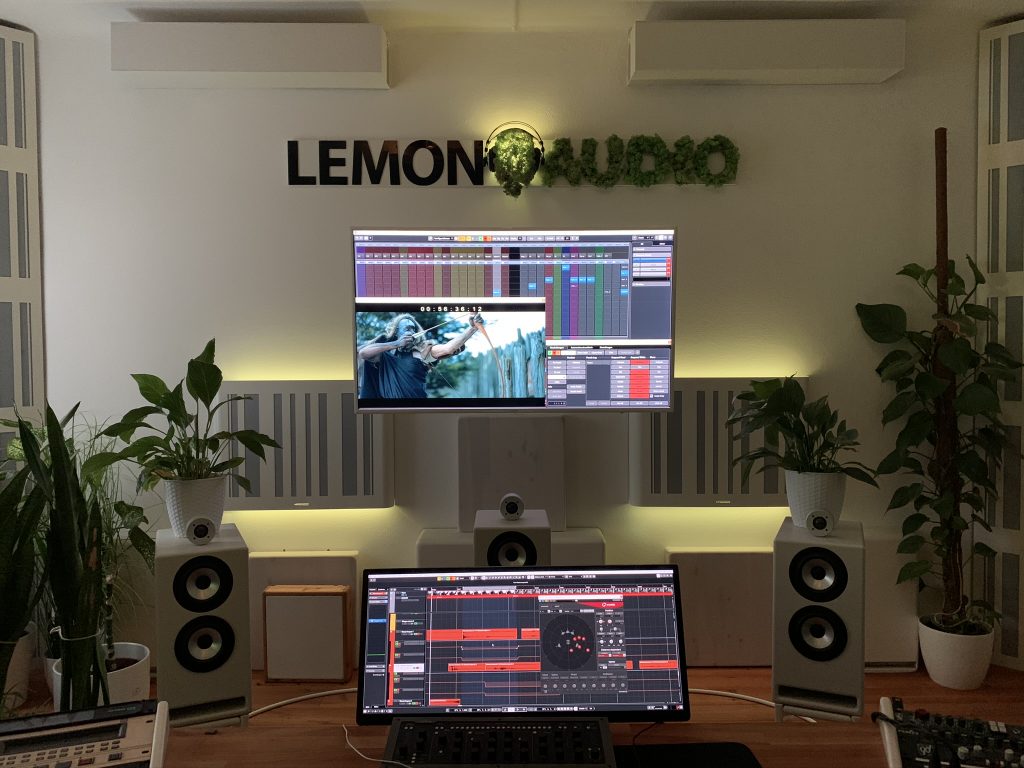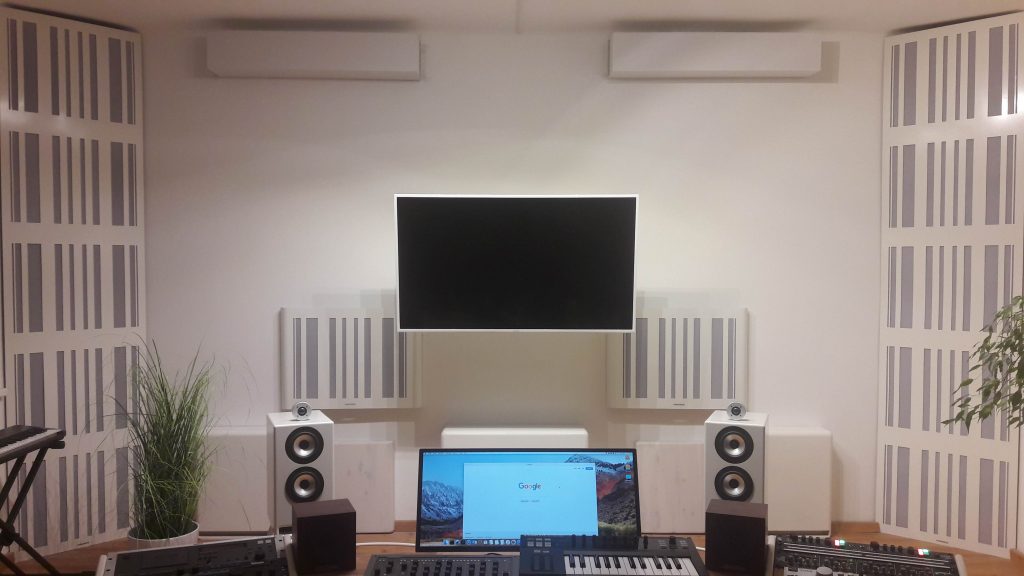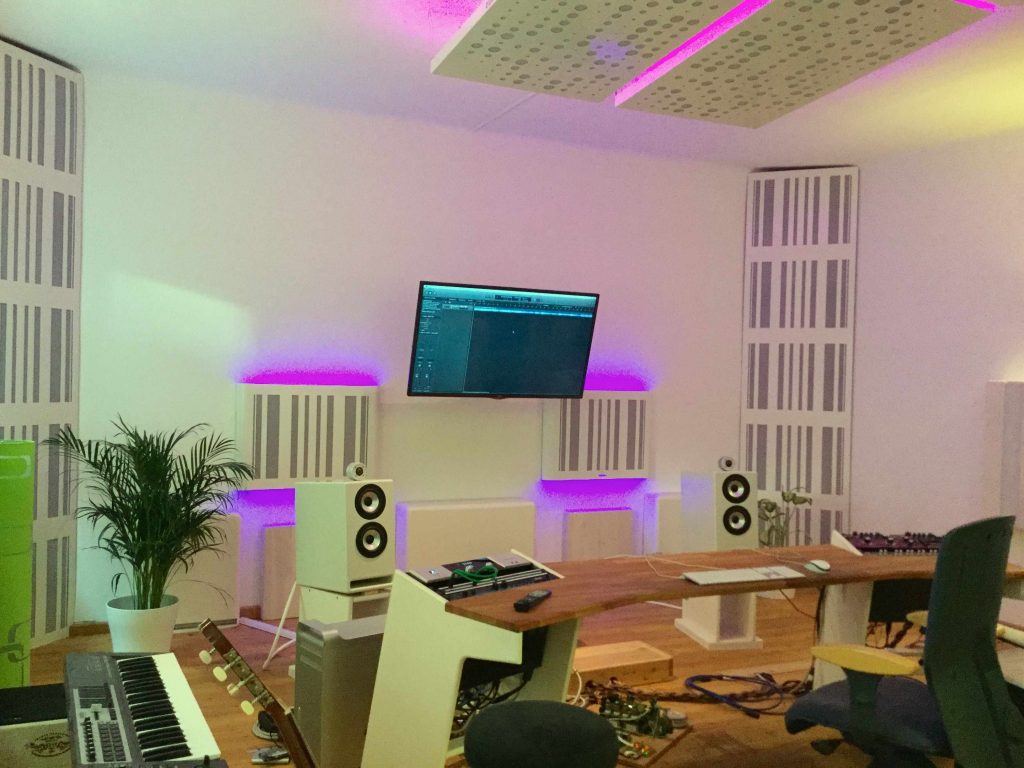
Absorption and Diffusion – Lemon Audio
How do we achieve good room acoustics?
Today, it seems there exist some guidelines about how to design a good loudspeaker.
Interestingly, we find much more controversy how to achieve good room acoustics!
For loudspeaker placement towards optimum synergy with the room’s low frequency (LF) characteristics, some simple rules circulate that may help. Or, even better, use simple tools to measure the LF response until the result satisfies. The upcoming version of TestHiFi or, more advanced, REW (Room EQ Wizard) – available free for Mac and Win PCs – are easy to use.
But how about room treatment? For those with some basic knowledge a good framework description is provided by EBU Tech. 3276, again, free on the web.
To acquire basic knowledge you maybe find our other blogs about room acoustics helpful. About room modes, modal coupling, midrange and high frequency room influence. Fore more, please see our blog entries about acoustics and room acoustics.
Absorption or diffusion?
Nevertheless, a few main questions remain unanswered: should our room treatment be absorptive, diffusive, or a combination?
After about 4 decades of performing music or installing and measuring loudspeakers in countless rooms, my personal choice is a combination of both. For reproduction of music, I use self designed acoustical elements based on slot-diffusion, with custom designed LF absorption and diffusion behind.
Why? I do not feel well in strongly absorbent rooms. You see the walls, but cannot hear their reflexions – signal from our brain: pressure-on-ear feeling, similar to congested ears. Not a nice atmosphere to enjoy music or work within.
One alternative version of strong absorptive treatment has been the live end – dead end approach. Treat all surfaces producing reflexions near the speakers with absorption, like in the front half of the room. Add diffusion in the back. Sitting there I perceive the same awkward superdry acoustics in the front half, leaning back the transition from absorptive to diffusive side of the room is even more disturbing. In short, I never found a good listening zone in such rooms. Many other recipes exist, none universally applicable.
Abfusion
Let me call those acoustical elements that diffuse AND absorb sound „abfusors“. I started designing and using them about 20 years ago, with refinements following up. Of course I didn’t invent the principle – decades old BBC papers leaded towards this track, and many others do similar things.
See the control room of Lemon Audio, an Austrian studio owned by Adrian Lapusan as an example of application:

You can see the slots in the wall treatments, that diffuse the high frequency (HF) sound. Behind that surface, internal structures extend their effect towards lower frequencies. More LF treatment is added by points of absorption and diffusion (imagine the sound going into a trap and exiting again with delay and absorption loss).

Like me, Adrian clearly prefers lower absorption, about the higher tolerance limit of the EBU paper mentioned above. With just the minimum absorption to achieve that, we would have some room interaction left that disturb the loudspeaker sound. Therefore, most elements provide about 50% ratio of diffusion and absorption, with LF elements added step by step.

How does it sound?
The result is a clear, open and airy room sound, that assists our TOPO monitors perfectly 🙂
Adrian added some mobile walls to form a vocal recording zone in the back. All in all, we both consider it a successful application of abfusion. It feels good to enter a room where sound is clearly under control, but without darkness, dullness or lack of dynamics. Replacing some absorption with diffusion by using integrated elements preserves energy, you achieve higher SPL with less power input. Which again saves money on loudspeakers, amps and power consumption.
Remarks
I prefer patterns of reflective beneath absorptive regions to achieve diffusion, as compared to slot based schroeder diffusion. Slots tend have tube-like resonances, which may become audible if used near the listening position.
In one recently created, more heavily abfusive treated room, it seems to me as if the direct radiating speakers installed achieve a sound similar to large horn loudspeakers. Direct, dynamic, clear like few other systems. This confirms the expectation that with horn systems more diffusion instead of absorption will achieve similar sound quality.
If you want to try the principle, arrange a few parallel stripes of absorptive material with different width and thickness along a wall to try it out. If you like the effect, enjoy the search for higher performance elements!